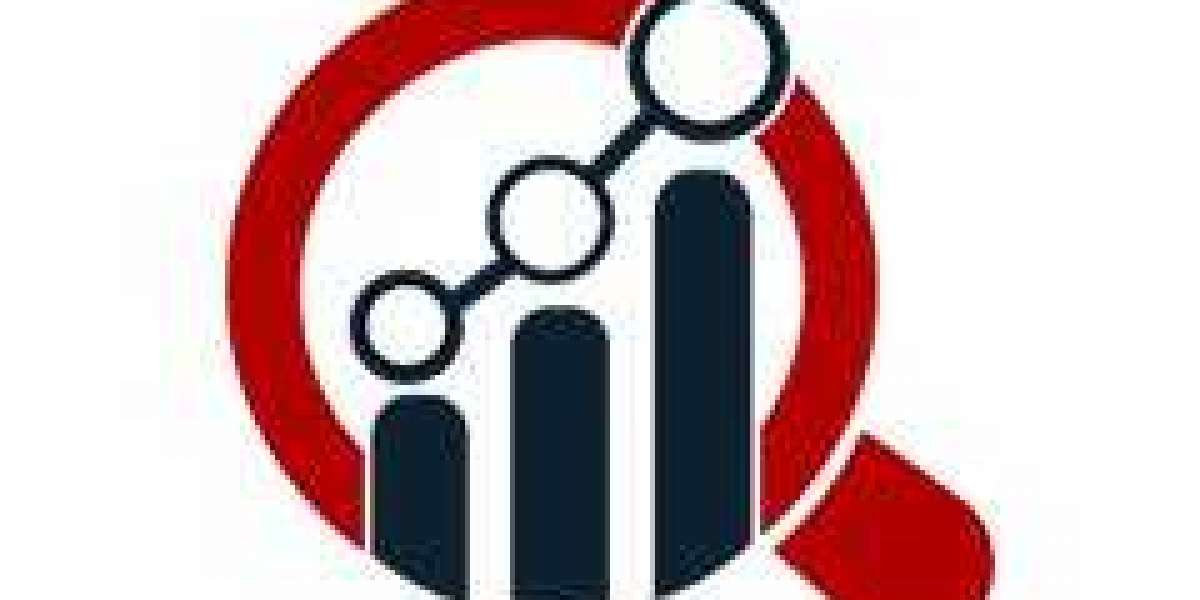Medical Radiation Detection, Monitoring Safety: Ensuring Patient and Personnel Protection
The use of medical radiation for diagnosis and therapy continues to be a cornerstone of modern healthcare. However, with its benefits come inherent risks, making sophisticated radiation detection, monitoring, and safety protocols paramount. Recent developments focus on enhancing the accuracy of detection, improving real-time monitoring capabilities, and implementing stricter safety measures to protect both patients and healthcare professionals from unnecessary exposure.
Real-time Monitoring Systems Enhance Safety Protocols: Hospitals and clinics are increasingly adopting real-time radiation monitoring systems. These advanced technologies provide immediate feedback on radiation levels in treatment and diagnostic areas, allowing staff to make informed decisions and take prompt action to prevent overexposure. This shift from traditional passive dosimetry to active monitoring contributes significantly to a safer working environment.
Improved Accuracy in Personal Dosimetry with Advanced Materials: Personal dosimeters, worn by healthcare workers, are crucial for tracking cumulative radiation exposure. Innovations in dosimeter materials, such as advancements in thermoluminescent dosimeters (TLDs) and optically stimulated luminescence (OSL) dosimeters, are leading to more accurate and reliable measurements of radiation doses, ensuring better long-term safety management.
AI-Powered Analysis for Enhanced Radiation Dose Optimization: Artificial intelligence (AI) is being integrated into radiation detection and monitoring systems. AI algorithms can analyze vast amounts of radiation data to identify patterns, optimize radiation doses for imaging and therapy procedures, and potentially predict and prevent safety incidents, leading to improved patient outcomes and reduced exposure.
Portable and User-Friendly Detection Devices for Versatile Use: The development of more portable and user-friendly radiation detection devices is expanding their applicability across various medical settings. Compact survey meters and handheld monitors allow for quick and easy assessment of radiation levels in different areas, ensuring safety during diverse medical procedures and in varied environments.
Stringent Regulatory Frameworks and Training Programs Reinforce Safety Culture: Regulatory bodies worldwide are continuously updating and strengthening guidelines for radiation safety in medical settings. Alongside these regulations, comprehensive training programs for all personnel involved in handling or working near radiation sources are being emphasized to cultivate a strong safety culture and ensure adherence to best practices.
Shielding Innovations and Personalized Protection Strategies: Research into advanced shielding materials and personalized protection strategies is ongoing. This includes the development of lighter and more effective shielding garments and the implementation of protocols that tailor radiation protection measures to individual patient and staff needs, further minimizing exposure risks.
Emphasis on Patient Dose Tracking and Management: Healthcare providers are increasingly focused on meticulously tracking and managing the cumulative radiation dose received by patients across various diagnostic and therapeutic procedures. This emphasis on dose optimization aims to maximize the benefits of medical radiation while minimizing the potential for long-term adverse effects.








